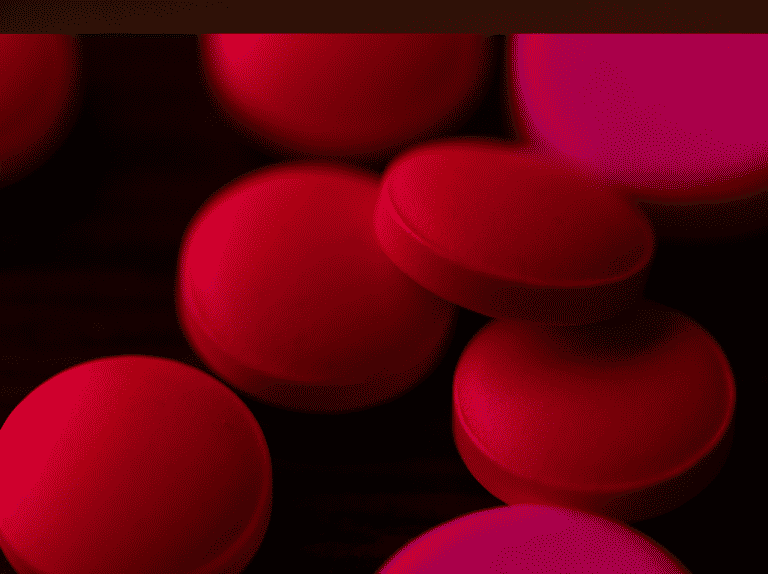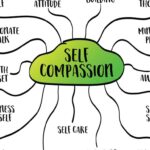Ecstasy (MDMA) With Video
Ecstasy is probably the most well-known club drug next to MDMA and Molly. In all actuality, they are the same thing, but MDMA is the purest form of the Molly and Ecstasy. Ecstasy is a synthetic, psychoactive drug whose effects are like methamphetamine and mescaline combined. It is both a a stimulant and a hallucinogen. It is an illegal drug that produces an invigorating effect, as well as distortion of time and perception. Ecstasy is most well-known for enhancing enjoyment from tangible experiences.
Its primary effects are on neurons in the brain that use serotonin to send messages to other neurons. The serotonin system plays an important role in normalizing mood, aggression, sexual activity, sleep, and pain sensitivity.
Ecstasy Facts
Pure MDMA is hard to press into pill form, so it’s important to understand that an Ecstasy tablet has been cut with something else to make it hold the pill form.
In addition to the pure MDMA, Ecstasy is often cut with, or includes, methamphetamine, ketamine, cocaine, dextromethorphan (DXM, an over the counter cough medicine), ephedrine (a powerful weight loss supplement), caffeine, 3,4-methylenedioxyamphetamine (MDA, a chemical closely related to MDMA), and para-methoxyamphetamine (PMA, a stimulant with hallucinogenic effects).
Research in animals link ecstasy exposure to long-term damage in areas of the brain that control mood, thinking, and judgment. A study in nonhuman primates showed that using the drug for only 4 days caused damage to serotonin nerve terminals that was still evident 6 to 7 years later. While similar neurotoxicity has not been conclusively found in humans, the wealth of animal research on the damaging effects suggests that the chemical is not safe for human consumption.
Ecstasy has been used during medical studies in psychotherapy sessions to treat PTSD, depression, and anxiety, and to help offset certain side effects associated with cancer such as pain. There are ongoing FDA-approved clinical trials that are testing use of MDMA in psychotherapy, which could be legalized medically in the near future.
If Ecstasy is used in a medical setting, MDMA’s properties can be leveraged in a controlled session to help a patient process issues at the core of their psychological trauma and pain. This experience is then followed up on in psychotherapy sessions to help patients integrate the MDMA experience as it related to their lives.
MDMA’S Effects on the Brain
MDMA affects levels of serotonin, a neurotransmitter in the brain that is related to mood (and pleasure), sleep, and heart rate. When ingested in the body, MDMA causes the brain to flood itself with serotonin, causing the body to have heightened sensitivity and the individual to be intensely emotional and empathetic. However, when the effects of ecstasy wear off, the brain is depleted of much of its supply of serotonin. Because of this substantial loss, depression is a common after-effect of MDMA use. MDMA has also been shown to damage some critical thought and memory functions of the brain, along with contributing to the degeneration of serotonin-producing neurons and dopamine transmitters. This damage may be long-term.
MDMA’S Effects on the User
About 20 to 40 minutes after taking a tablet, the user experiences small rushes of exhilaration, often accompanied by nausea. Sixty to 90 minutes after taking the drug, the user feels the peak effects. Users may continue to experience effects for up to 6 hours, and can feel “cracked-out” (drained, burned-out) for up to 2 days later, due to the heavy loss of serotonin and the great strain that the drug causes on the user’s body.
History
In 1912, a German pharmaceutical company first synthesized MDMA in an attempt to create an appetite suppressant. In the late 1970’s, it was rediscovered by a small group of U.S. therapists hoping to utilize it in psychotherapy and marriage counseling. MDMA became illegal in 1988 and was categorized as a Schedule I drug. Recreational, illicit use of the drug started becoming popular in the United States in the late 1980’s and early 1990’s.1 Ecstasy soon became popular at ‘raves’ – large dance parties with throbbing electronic music and pulsating lights. Currently, however, raves are not the only setting where ecstasy is used; abuse at house parties, college dorms, and various other places has become more widespread.
Ecstasy (MDMA) and Sex
Many users will abuse ecstasy simply for the ‘body high’ – the senses of feeling and touch that become intensely pleasurable. This physical sensitivity, paired with the feelings of self-acceptance and empathy for others, can often lead to an increased sex drive and feelings of intimacy. This is why some people consider ecstasy to be an aphrodisiac, or even one of the date-rape drugs. Nevertheless, while MDMA may enhance sexual desire, it also impairs sexual performance. Males may be unable to achieve erection under the peak effects of ecstasy, while both sexes have great difficulty in achieving orgasm. In addition, due to the effects of dehydration and heat exhaustion, both sexes can encounter a lack of lubrication – the number one cause of condom breakage. And because ecstasy lowers inhibitions and can heighten arousal, it can easily lead to risky behavior in which the user would not generally participate.
Methods of Use
Ecstasy is most often available in tablet form and is usually ingested orally, although some users have reported taking it anally (known as “plugging” or “shafting”). Users have also been known to “parachute” the tablet, by placing the pill in a napkin, crushing it, and then swallowing the piece of napkin in an attempt to speed up the drug’s onset. MDMA is also available in powder form, often contained in geltabs, and is sometimes snorted and occasionally smoked, but rarely injected.
Purity
Today, a high percentage of pills contain other drugs; some pills marketed as ecstasy may not even contain any MDMA. These adulterants can include other club drugs such as MDA, PMA, Ketamine, PCP, and DXM, while some pills are cut with ephedrine, pseudoephedrine, and even caffeine and over-the-counter medications. It is believed that the contents of a pill can be identified based on its logo or color (e.g.- red pills are believed to contain mescaline, brown pills assumed to contain heroin, etc.), but a pill’s color and logo say nothing about its ingredients, as pill manufacturers often add food coloring to dye the tablets.
Paraphernalia
Users can often be seen with water and pacifiers – items used to counteract side effects of MDMA such as dry-mouth, dehydration, and jaw or teeth-clenching. Lollipops and chewing gum may also be used for the same reasons. Dancers at raves often use glowsticks and small handheld lights used to enhance the visual effects of ecstasy, although glowsticks are also a common feature of this style of dancing. Other paraphernalia includes Vick’s Vapo-Rub®, Vick’s Inhaler®, other menthol products, and nearly anything else that can be used to stimulate the senses. Users can often be seen hugging or massaging one another, as physical sensitivity is extremely heightened.
Save
Save
Save
Save





















